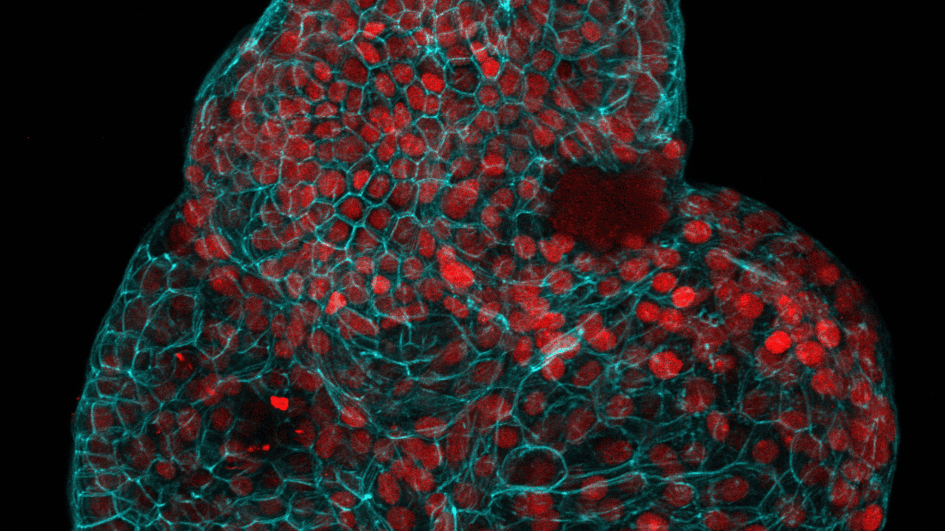Cells from pregnancy used to grow mini organs
LONDON

Scientists have created miniorgans from cells floating in the fluid that surrounds a fetus in the womb – an advance they believe could open up new areas of prenatal medicine.
Miniorgans, or “ organoids,” are tiny simplified structures that can be used to test new medical treatments or study how the real organs they mimic work, whether they are healthy or diseased.
Researchers from University College London and Great Ormond Street Hospital in the United Kingdom collected cells from amniotic fluid samples taken during 12 pregnancies as part of routine prenatal testing. Then, for the first time, they grew mini-organs from cells taken during active pregnancies. They envision their approach could eventually help doctors monitor and treat congenital conditions before birth and develop personalized therapies for a baby in the womb.
“We’re really excited” about that possibility, said Mattia Gerli of University College London, an author of the study published on March 4in the journal Nature Medicine.
The tissue-specific stem cells Gerli and his colleagues collected were shed by the fetus, as normally happens during pregnancy. The scientists identified which tissues the stem cells came from, and found cells from the lungs, kidneys and intestines.
Previously, mini-organs have been derived from adult stem cells, which more closely resemble adult tissue, or fetal tissue after an abortion.
















